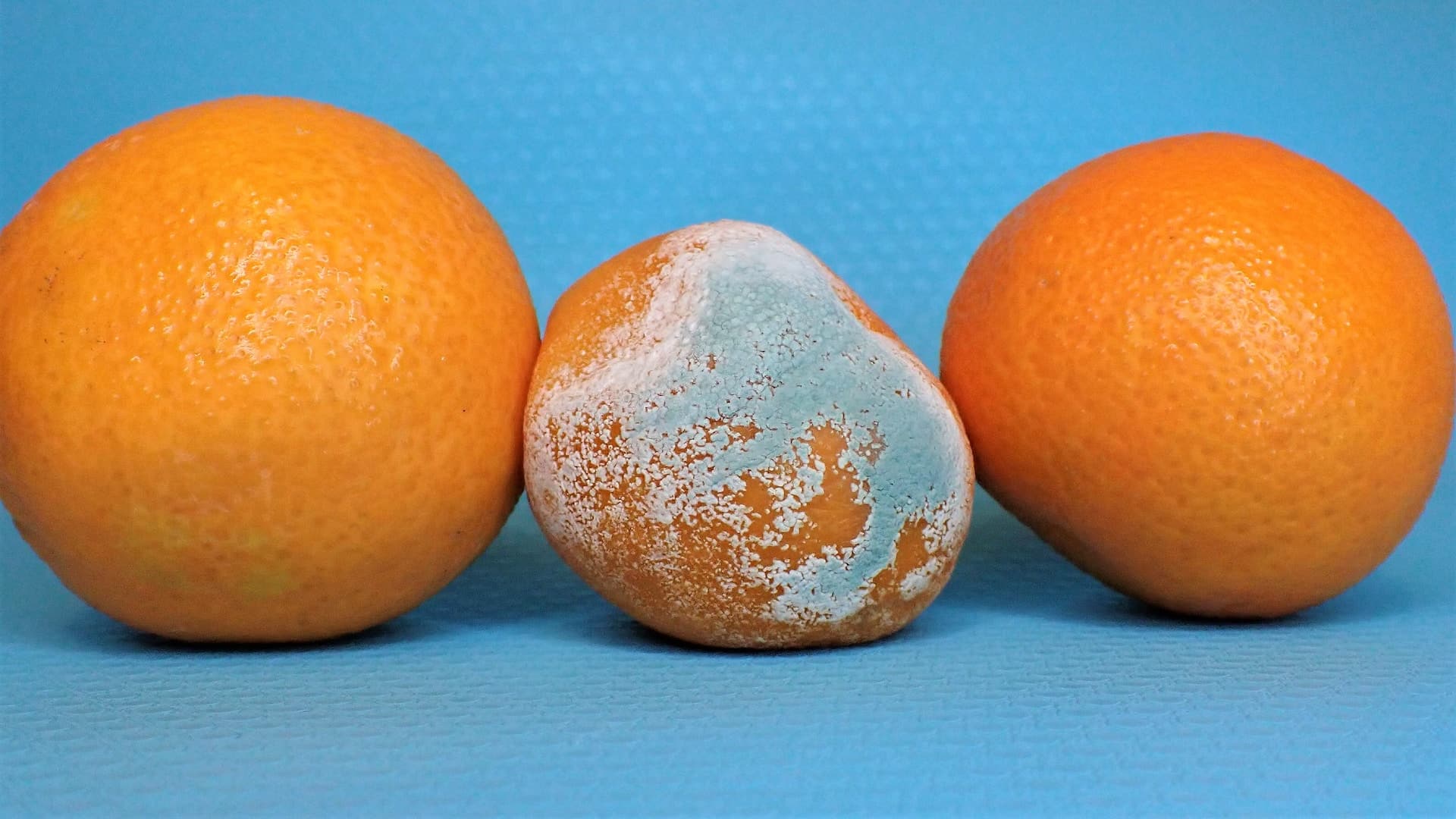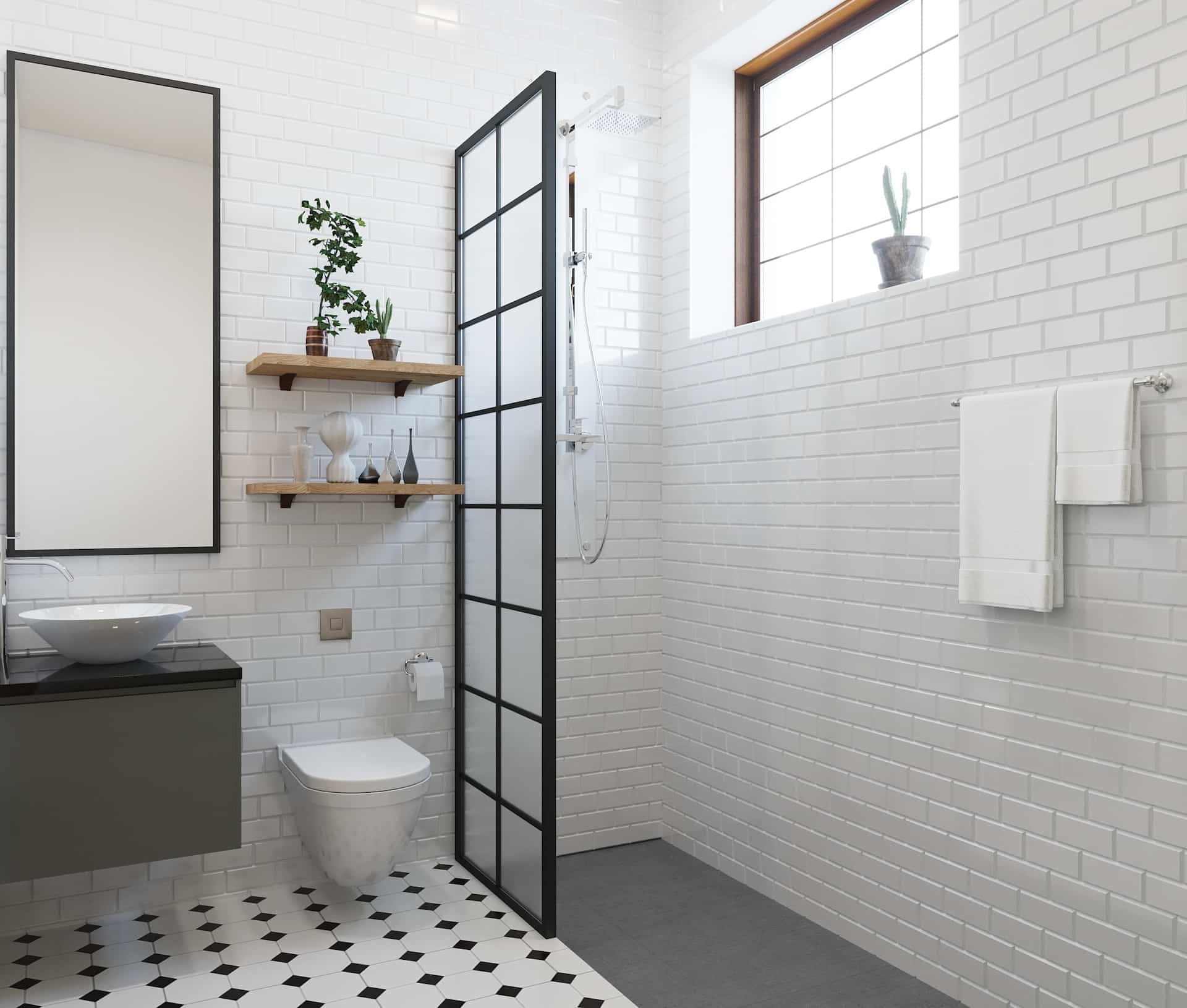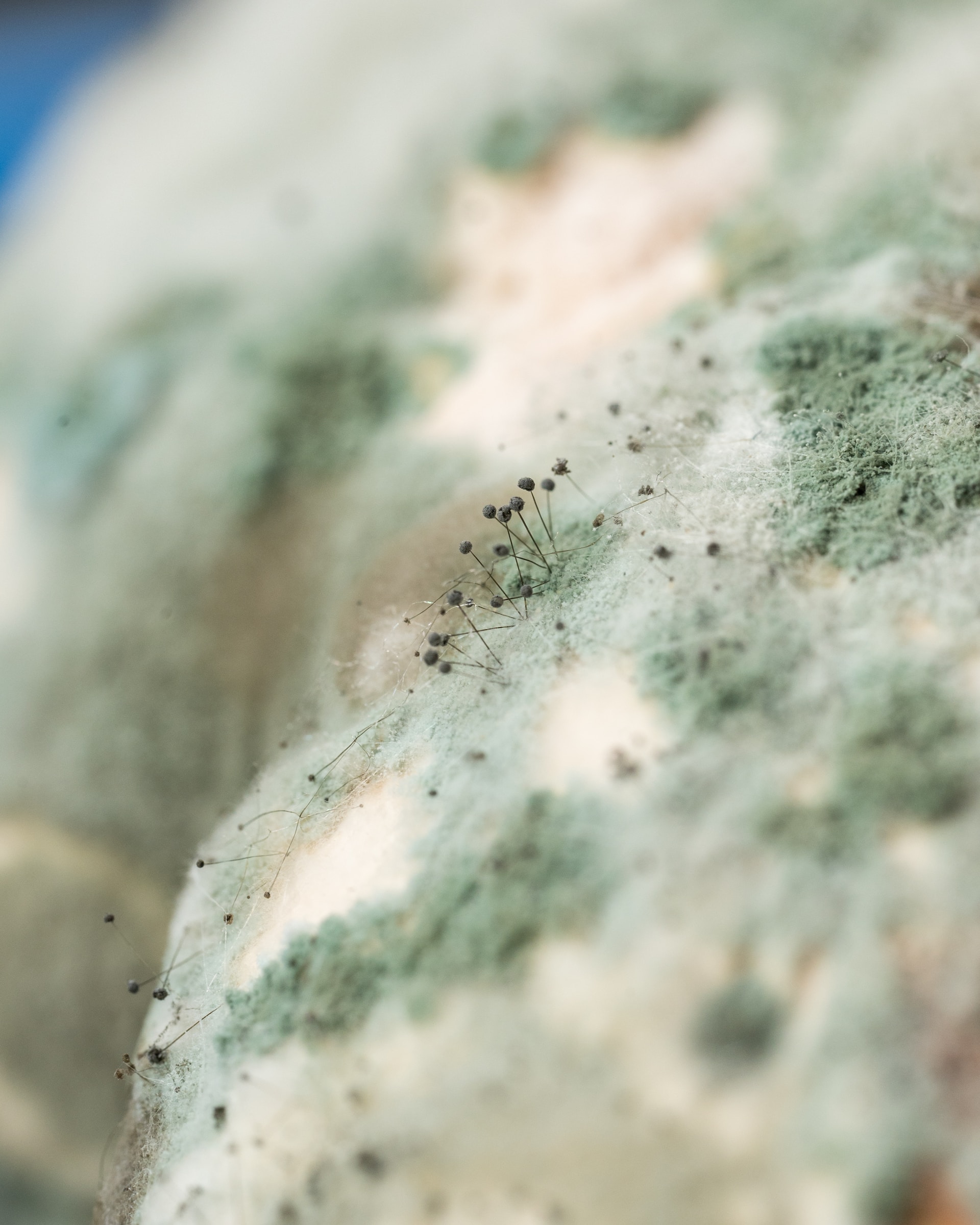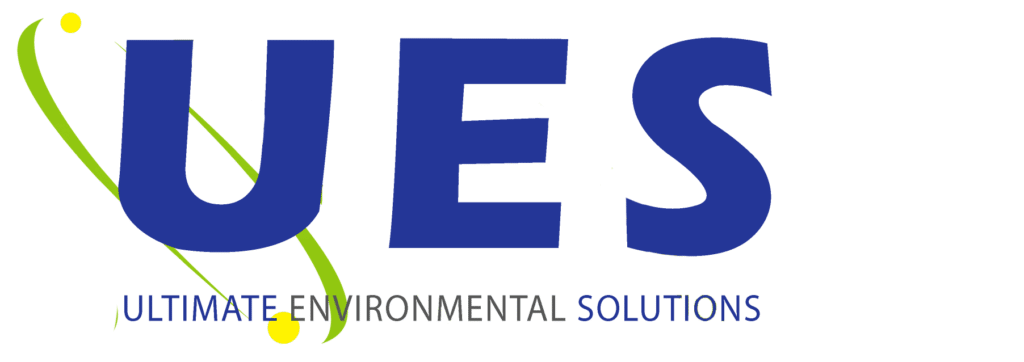Water Damage Orlando
Are you ready to talk to someone? Call us now to schedule your assessment or for more information.
Water Damage In Orlando?
Expect the UNEXPECTED
Have you had a pipe break, an appliance leak, or dealt with leaks and flooding from a hurricane? We come inspect areas affected by water and provide evidence to the extent of the damage. We confirm moisture levels of the affected materials and look for evidence of mold propagation.
A water damage assessment guides contractors on how to restore your building. All of our assessments are customized to meet your needs, but a general guide is listed below.
Water Damage | Visual Inspection
Our visual inspection is the first and most important step to identify a possible contamination. In this step, the extent of any water damage and mold growth is assessed. Ventilation systems should also be checked, particularly for damp filters, but also for damp conditions and overall cleanliness in the system. Ceiling tiles, gypsum wallboard (sheetrock), cardboard, paper, and other cellulosic surfaces should be given careful attention during a visual inspection for mold growth. This assessment is important to determine recommended remedial strategies.
Water Damage | Laboratory Sampling
Our experts will collect samples for laboratory analysis. These may include:
Air Samples: Samples of the air are collected to determine if hidden sources of mold are present in the building. The simplest type is called the “spore trap technique” in which a known quantity of air is drawn across a sticky surface. Spores in the air then adhere to the sticky surface.
Bulk/Surface Sampling: A piece of the building material or furnishing suspected of housing mold growth is cut out and sent to a laboratory by one of our experts. The sample will either be inspected under a microscope or cultured in a growth medium. Bulk samples are collected from visibly moldy surfaces by scraping or cutting materials with a clean tool into a clean plastic bag. Surface samples are collected by wiping a measured area with a sterile swab or by stripping the suspect surface with clear tape. Surface sampling is less destructive than bulk sampling.
Dust Collection Samples: Samples of settled dust are sometimes collected to see how much and what types of fungi are in the dust.
Tape Lift Sample: A piece of cellophane tape is placed on a surface containing discoloration that is suspected to be mold. A trained mycologist using a microscope is a laboratory can confirm the sample.
Wipe or “Swab” Samples: The investigator wipes a smooth surface with a cotton swab which is then placed in a growth media.
Water Damage Assessments we offer:
Limited Assessment
Can be done with or without a protocol report. Price determined based on square footage and scope of work.
Full Assessment
Includes full protocol report with removal recommendations. Price determined based on square footage and scope of work.
Post Remediation Verification
Post remediation verification is testing performed after water damaged and mold infected materials have been removed.
All assessments may include the following:
- Visual inspection of all common areas of concern for any evidence of mold, contamination and water intrusion.
- Exterior inspection (if applicable)
- Cause of origin if not already known
- Humidity and Temperature readings
- Moisture readings (interior and exterior)
- Moisture mapping
- Thermal imaging with standard infrared camera
- Inspection of HVAC system (if applicable)
- Investigation and assessment of other known irritants and pollutants (if applicable)
- Supporting photographs
- Recommended filters and accessories
- Preventative maintenance check list
- Supporting laboratory reports (if applicable)
LATEST NEWS & BLOGS

What Happens if You Eat Mold?
We all know mold and have unfortunately dealt with that gross fungus that seems to

Mold on Bathroom Ceiling
It grows almost without you noticing. Even with all the time you spend in the

What is The Difference Between Mold and Mildew?
Have you found something growing in your home and not sure what it is? Maybe

